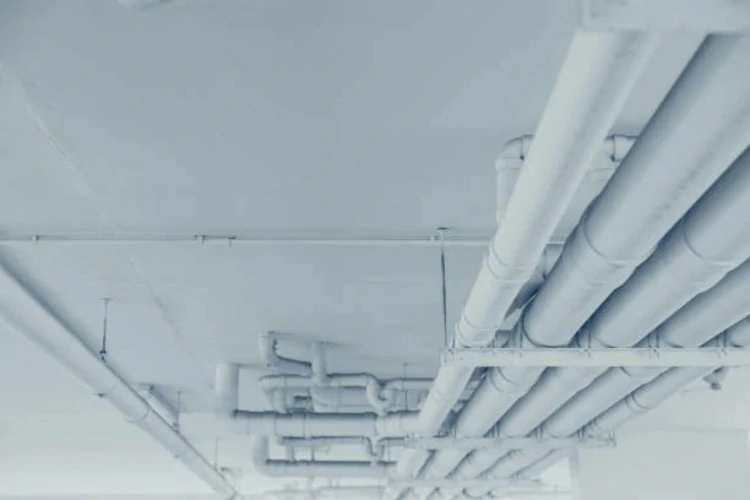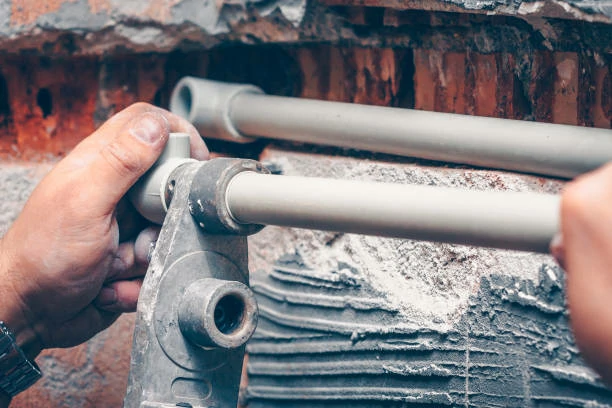Introduction:
PPR fittings, also known as polypropylene random copolymer fittings, are essential components in plumbing and piping systems. Understanding the manufacturing process of PPR fitting is crucial for ensuring their quality and performance. This article provides a comprehensive analysis of the manufacturing process of PPR fittings, shedding light on various stages and techniques involved.
Raw Material Selection and Testing:
PPR fitting begin with the careful selection of high-quality polypropylene random copolymer resin.
Properties sought include high heat resistance, chemical stability, and durability.
Rigorous testing ensures compliance with industry standards and specifications.
Manufacturing Processes:
Extrusion Molding: Primary method for manufacturing PPR fitting
Polypropylene resin is melted and forced through a die to form desired shapes.
Provides precise control over dimensions and geometry for consistency.
Injection Molding: Utilized for complex or intricate fittings.
Molten resin injected into mold cavity under high pressure.
Offers flexibility in design and customization to meet specific requirements.
Heat Treatment for Enhanced Properties:
After molding, PPR fitting undergo controlled heating and cooling cycles.
Relieves internal stresses and improves mechanical properties.
Enhances strength, resilience, and dimensional stability.
Quality Control Measures:
Dimensional Inspection: Automated systems verify fitting dimensions for accuracy.
Leak Testing: Fittings pressurized with water or air to check for leaks or defects.
Stringent measures ensure reliability and performance throughout production.
Certification and Compliance:
PPR fitting undergo certification and compliance testing.
Independent labs evaluate factors such as pressure and chemical resistance.
Compliance with standards like ISO 15874 ensures safety and environmental friendliness.
Conclusion:
The manufacturing process of PPR fitting is a sophisticated and precise operation that involves various techniques and quality control measures. From raw material selection to molding, heat treatment, and testing, each stage plays a crucial role in ensuring the quality and performance of PPR fittings. By understanding the intricacies of the manufacturing process, stakeholders can make informed decisions and trust in the reliability of PPR fittings for their plumbing and piping needs.
Contact
IFANPLUS is a specialized product series launched by IFAN, primarily covering plastic pipes, fittings, and various types of valves. We offer PPR and PVC pipes in German and American standards, ensuring the high quality and reliability of our products. IFANPLUS valve products include a variety of valves, from PPR valves to other diverse copper valves, catering to your specific requirements. Whatever product you need, IFANPLUS will be your reliable partner. Here is our contact information.
We will reply your email or fax within 24 hours.
You can call us at any time if there is any question on our production.
For more information,pls visit our webside https://www.ifanplus.com/
Pls Mailto: [email protected]






